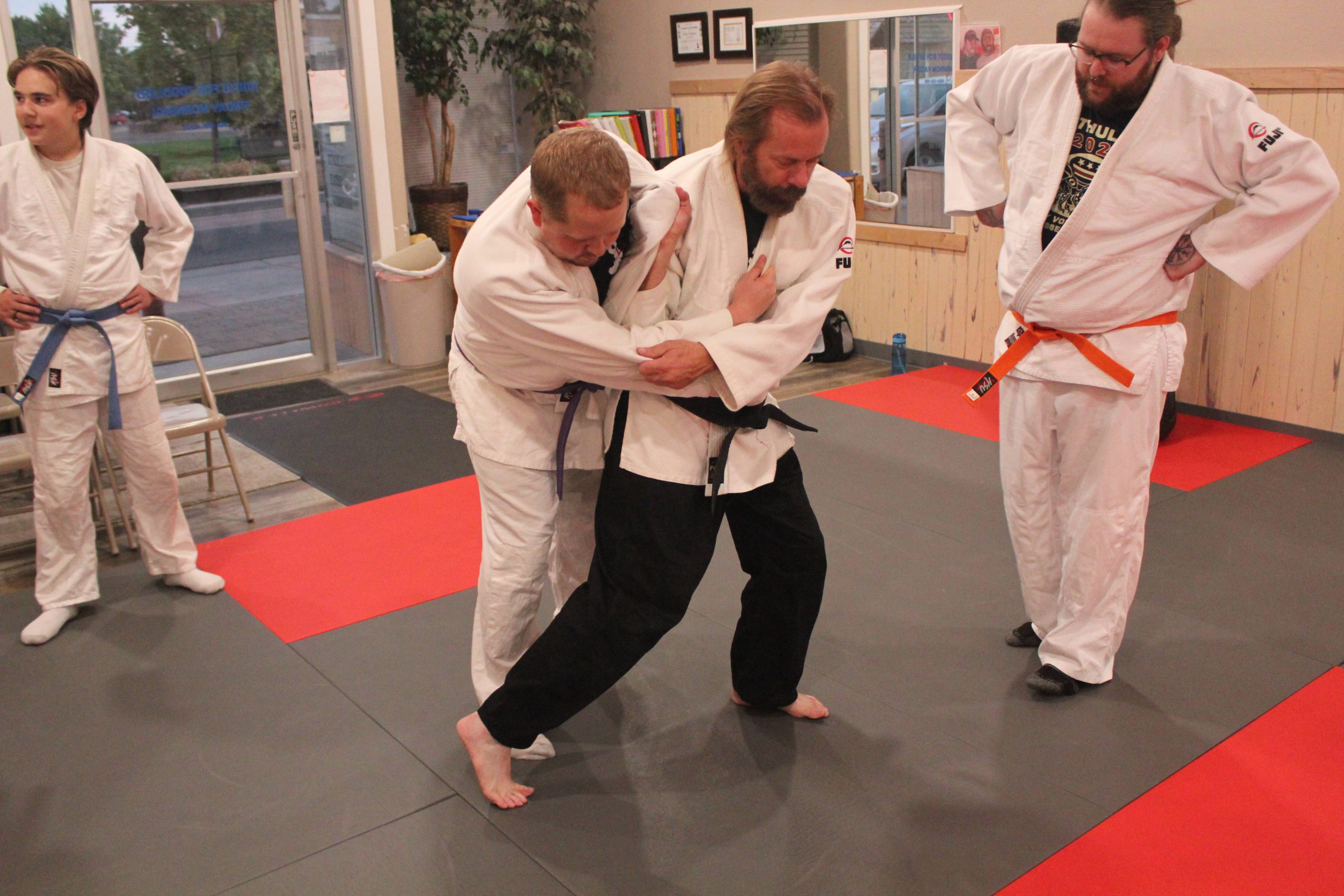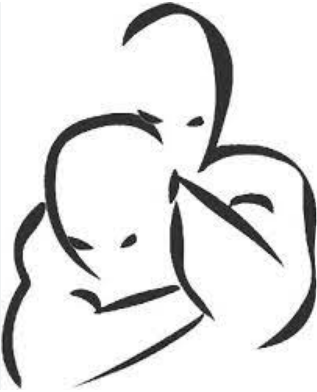Each semester, the Women’s Self Defense instructor at Utah Valley University asks my daughter, Stephanie, and me to teach self defense from our Jujitsu perspective to the women in his class. The UVU instructor has a Karate background, so he readily welcomes our insight and perspective.
We’ve developed an appropriate curriculum over the years that has become very popular and applicable. We teach the women how to recognize a potential threat, the importance of avoiding that threat, and then what to do if avoiding the threat is unsuccessful.
During one particular class, I had just come from work, so I was wearing my Army Combat Uniform (ACU). I simply removed my Army uniform top and replaced it with my Jujitsu uniform (gi) top.
Toward the end of each class, Stephanie and I do what my good friend Willy and I would when we were in high school whenever we accompanied Sensei Dennis Estes when he taught women’s self defense courses at high schools and other venues in the 1980s. That is, we would have the women line up and practice throwing us with a hip throw (Ogoshi). Now, since most of the women had never thrown anyone before, the falls that Willy and I had to take were often rather precarious and sometimes risky.
While Stephanie and I were finishing up the women’s self defense course at UVU, students from the next class started trickling in. The class was a Karate class, and some of the students entered the room proudly wearing their Karate uniforms with their brand new yellow belts.
One woman approached me and humbly asked if I would help her with a throw before her class started. She explained to me that she had taken Judo for awhile but just couldn’t seem to get the hip throw to work on her boyfriend, who had also taken Judo, and who happened to be standing right next to her. She was an average-sized woman, but he was well over 6 feet tall and weighed at least 230 pounds. (And he shaved his beard and wore his hair like Wolverine from the X-Men.)
I asked her to demonstrate the throw on her boyfriend so I could watch and figure out how to help her. She attempted the throw, and sure enough, she wasn’t able to throw him. So I asked her to throw me. Her technique was actually pretty good, and she successfully threw me to the ground.
I had a pretty good idea what the problem was, but just to make sure, I asked her boyfriend if I could throw him. He agreed. As I off-balanced him and started to enter into the throw, he squatted, pushed his hips forward, and arched his back to resist the throw, and then he whispered in my ear, “You can’t throw me, Captain.”
The next thing he remembered was looking up at me from the mat with glazed eyes and a locked diaphragm from getting thrown so fast and so hard that he got the wind knocked out of him.
As I released my hold on him and stepped back in order to allow him to get up, I heard one of the woman exclaim, as she pointed to the spot he was standing before I threw him to the ground, “Oh my gosh, look! He just threw him right out of his socks!”
Sure enough, both of the boyfriend’s socks remained on the mat exactly where they were before he erroneously informed me that I wasn’t able to throw him.
Without saying a word, I had just taught him the valuable lesson of the importance of being a good practice partner (uke).
Once he regained his composure and was able to speak again, he explained to me that he had recently been kicked out of the Army for something he chose not to disclose to me.








